Introduction to Crystal & Gem Families
Crystals and gemstones have fascinated humans for thousands of years. From the sparkling brilliance of sapphires to the mysterious depth of obsidian, these natural wonders are far more than just pretty stones. Behind their beauty lies a fascinating world of mineral structures, chemical compositions, and crystal families.
But what exactly are crystal families? In simple terms, they are groups of minerals that share similar structures or chemical compositions. Understanding these families helps us see connections between stones that may look different but belong to the same geological lineage.
For example, amethyst and citrine may seem unrelated—one is purple, the other golden—but both are part of the Quartz family. Similarly, emerald and aquamarine share the same parent group: Beryl.




Amethyst & Citrine
Vs
Emerald & Aquamarine
This blog is the starting point for learning about the main crystal and gem families. Each family has its own page with more details, so you can simply click on a crystal type, like Quartz, Beryl, or Garnet, to go straight to a guide that explains its history, uses, and meaning.
So grab your curiosity and let’s explore the dazzling world of crystal families together.
The Beauty of Quartz Group - Largest Crystal Family
What is the Quartz Group?
The Quartz group is the largest and most abundant crystal family on Earth. Composed primarily of silicon dioxide (SiO₂), it occurs in two main categories: macrocrystalline quartz (large, visible crystals like amethyst, citrine, and rose quartz) and microcrystalline quartz (tiny interlocking crystals, such as agates, chalcedony, and jaspers). Quartz is one of the most versatile mineral families, valued for both its beauty and practical use in technology due to its piezoelectric properties.

Macrocrystalline quartz crystallites can be seen with naked eye

Microcrystalline quartz crystallites with no visible points, and looks smooth and waxy
Macrocrystalline Quartz - Large Visible Crystals
What is Macrocrystalline Quartz?
Macrocrystalline quartz refers to varieties with large, distinct crystals that can be seen with the naked eye. This includes well-known gems such as amethyst, citrine, smoky quartz, rose quartz, and clear quartz. These crystals are often transparent or translucent and are widely used in jewelry, healing practices, and decorative pieces.
These are the quartz types where you can clearly see individual crystal faces. Popular varieties include:
-
Amethyst – The purple variety of quartz, often linked to spirituality and calmness.
-
Citrine – Sunny yellow to orange quartz, associated with joy and prosperity.
-
Rose Quartz – Soft pink crystal, symbolizing love and emotional healing.
-
Smoky Quartz – Brown to gray tones, believed to ground energy.
-
Clear Quartz (Rock Crystal) – Pure and colorless, known as the “master healer.”
-
Ametrine – A rare blend of amethyst and citrine, showcasing purple and gold together.

Microcrystalline Quartz - Chalcedony Group
What is Microcrystalline Quartz?
Microcrystalline quartz, also known as chalcedony, is made up of crystals so tiny they are only visible under magnification. It forms stones like agates, jaspers, carnelian, onyx, and bloodstone. These tend to be opaque or translucent and often display unique banding, colors, and patterns, making them popular for carvings, beads, and talismans.
This subgroup includes an incredible variety:
-
Agates – Striped or patterned, with many subtypes like moss agate and lace agate.
-
Carnelian – Reddish-orange quartz, once worn by warriors for courage.
-
Onyx – Black or banded quartz, popular in jewelry and carvings.
-
bloodstone (Heliotrope) – Dark green with red specks, symbolizing vitality.
-
Jaspers – Comes in countless colors and patterns, often used for protection.
-
Chalcedony – Gentle blue stone, believed to promote harmony.

Feldspar Group - Masters of Shimmer & Color Play
What is the Feldspar Group?
The Feldspar group is the most abundant mineral family in the Earth’s crust, making up nearly 60% of it. While not all feldspars are gem-quality, the ones that are include some of the most enchanting stones with light effects such as adularescence and labradorescence. Popular examples are moonstone, sunstone, labradorite, and amazonite. Feldspar gems are admired for their shimmering optical displays and their wide range of colors.
-
Moonstone – Famous for its glowing adularescence (a soft, moonlike glow).
-
Sunstone – Sparkling with aventurescence, often golden or reddish.
-
Labradorite – Known for labradorescence, a magical play of blue, green, and rainbow flashes.
-
Amazonite – A soothing green-blue feldspar, sometimes mistaken for turquoise.
These gems are adored not only for their beauty but also for their mystical shimmer effects, making them popular among both collectors and spiritual practitioners.

Beryl Group - Precious Colored Gems
What is the Beryl Group?
The Beryl group includes some of the world’s most precious colored gemstones. All beryls share the same hexagonal crystal structure, but their colors vary depending on trace elements. Emerald (green), aquamarine (blue), morganite (pink), heliodor (yellow), and goshenite (colorless) all belong to this family. Beryls are valued for their brilliance, durability, and rarity, with emeralds being among the most treasured gemstones in history.

Hexagonal crystal system
-
Emerald – Deep green, colored by chromium and vanadium. One of the most famous gemstones in history, symbolizing rebirth and love.
-
Aquamarine – Sky-blue to sea-green, associated with calm waters and clarity.
-
Morganite – A soft pink or peach variety, often linked to compassion and gentle energy.
-
Heliodor (Golden Beryl) – Yellow to golden hues, named after the Greek word for "gift of the sun."
Each beryl variety is stunning in its own right, but emerald remains the crown jewel, prized for its rarity and vivid green fire.

Corundum Group - The King of Hardness After Diamond
What is the Corundum Group?
The Corundum group is best known for producing rubies and sapphires. Made of aluminum oxide, corundum is second only to diamond in hardness, scoring 9 on the Mohs scale. Ruby is the red variety, while sapphires come in blue as well as a range of other colors known as “fancy sapphires.” Corundum gems are cherished for their durability and vivid colors, making them some of the most valuable stones in the world.
-
Ruby – The red variety of corundum, rich in chromium. It has long been a symbol of passion, protection, and royalty.
-
Sapphire – Best known for its deep blue hue, though sapphires can come in nearly every color (pink, yellow, green, and more). Collectively, these are called “fancy sapphires.”
Both ruby and sapphire are incredibly durable, making them ideal for jewelry that lasts generations.

Garnet Group - Rich & Diverse Varieties
What is the Garnet Group?
The Garnet group is a diverse family of silicate minerals* with a wide range of colors and compositions. Common varieties include almandine, pyrope, spessartine, grossular (including tsavorite), and andradite (including demantoid). Garnets are often associated with deep reds but can also appear in greens, oranges, and yellows. Historically, garnets were worn as protective talismans and today are popular in both jewelry and metaphysical practices.
-
Almandine – Deep red to brownish garnet, commonly used in antique jewelry.
-
Pyrope – Blood-red garnet, often transparent and vivid.
-
Spessartine – Orange to reddish-brown, sometimes glowing with fiery brilliance.
-
Grossular – A diverse subgroup that includes the bright green Tsavorite garnet.
-
Andradite – Includes the brilliant green Demantoid, one of the rarest and most sparkly garnets.
Garnets are often thought of as only red, but this group proves that garnets are among the most color-diverse crystals.

*Silicate minerals, which make up over 90% of Earth’s crust, are built from silicon–oxygen tetrahedra and can appear as clear quartz, pink feldspar, shiny mica sheets, dark pyroxenes, or needle-like amphiboles depending on how those tetrahedra connect.
Spinel Group - Bright, Sparkling Treasures
What is the Spinel Group?
The Spinel group is known for its brilliant colors and excellent sparkle. Spinels can appear in red, blue, pink, black, and even lavender shades. For centuries, red spinels were mistaken for rubies due to their striking resemblance. Today, they are recognized as a gem family in their own right, appreciated for their durability, affordability compared to ruby and sapphire, and vibrant colors.
-
Red Spinel – Long confused with ruby, but distinct in structure.
-
Blue Spinel – Rare and striking, often resembling sapphire.
-
Pink Spinel – Soft yet vibrant, increasingly popular in modern jewelry.
-
Black Spinel – Bold and dramatic, often used in edgy designs.

Fun fact: the “Black Prince’s Ruby” in the British Crown Jewels is actually a spinel, not a ruby!
Other Popular Gem Families
Beyond the major groups, several other gem families are highly prized:
-
Olivine Group (Peridot) – Bright olive-green, often called the “gem of the sun.”

-
Tourmaline Group – Comes in a rainbow of colors:
-
Elbaite – Pink, green, or blue varieties.
-
Schorl – Black tourmaline, widely used in metaphysical practices.
-
Watermelon Tourmaline – Green outside, pink inside, resembling a slice of fruit.
-



Elbaite


Schorl & Watermelon Tourmaline
-
Topaz Family – Known for clear brilliance:
-
Blue Topaz – Popular in modern jewelry.
-
Imperial Topaz – Golden-orange, very valuable.
-
Colorless Topaz – Often mistaken for diamond.
-



Blue Topaz & Imperial Topaz & Colorless Topaz
-
Zircon – A natural gem with fiery brilliance (not to be confused with lab-made cubic zirconia).

-
Opal – Unique because it’s not crystalline but amorphous silica, known for its mesmerizing “play-of-color.”

These families add diversity and depth to the gemstone world, rounding out the foundational landscape.
How Crystals & Gems Are Formed
Crystals form deep within the Earth through geological processes such as:
-
Cooling magma – Slow cooling allows large crystals like quartz and feldspar to grow.
-
Metamorphic processes – Heat and pressure transform rocks into gem-bearing minerals like garnets and sapphires.
-
Hydrothermal processes – Hot mineral-rich fluids fill cracks, creating crystals like emeralds.
The conditions under which crystals form determine their size, clarity, and beauty.
Mining & Ethical Sourcing
Gemstones are found worldwide, from African mines to South American riverbeds. However, not all mining practices are equal. Concerns include:
-
Environmental impact – Open-pit mining can damage ecosystems.
-
Human rights – Some mines operate under poor working conditions.
-
Conflict stones – Certain gems (like rubies) have been linked to conflict zones.
Today, there is a growing movement toward ethical sourcing and lab-grown alternatives, ensuring that gemstone lovers can enjoy beauty without guilt.
Cultural & Spiritual Perspectives
Throughout history, gems have been more than just ornaments:
-
Ancient civilizations used crystals as talismans for protection and power.
-
Healing traditions (such as Ayurveda and modern crystal healing) assign spiritual properties to different stones.
-
Modern enthusiasts see crystals as tools for mindfulness, energy work, and personal expression.
Whether or not you believe in metaphysical powers, there’s no denying that crystals carry cultural significance across time and space.
Fun Facts About Crystal Families
-
The largest quartz crystal ever found weighed over 39 tons!
-
Sapphires aren’t just blue — they can be pink, orange, or even color-changing.
-
Ancient Egyptians buried their dead with carnelian amulets for safe passage to the afterlife.
-
Opals contain up to 20% water, which is why they can crack if they dry out.
-
Garnet sand is actually used in industrial cutting tools because of its hardness.
Crystal Families vs. Individual Gemstones
Why group crystals at all? Classifying gems into families helps us:
-
Understand their shared chemistry and structure.
-
Spot relationships between different stones.
-
Organize them for scientific, metaphysical, and collector purposes.
Think of crystal families like family trees — each gemstone has unique traits, but they share a common ancestry.
Crystal & Gem Families as a Roadmap
This blog is your foundation. We’ve introduced the major gem families, touched on their types, and explored their beauty, science, and cultural significance.
In future posts, we’ll dive family by family, uncovering:
-
Deeper histories and legends
-
Metaphysical properties
-
How to identify and care for each type
-
Buying tips for collectors
This series will build on today’s roadmap, making this the perfect place to start your crystal journey.
FAQs on Crystal & Gem Families
Q1: What is the largest crystal family?
The Quartz family is the largest, with countless macrocrystalline and microcrystalline varieties.
Q2: Are ruby and sapphire from the same family?
Yes, both belong to the Corundum group. Ruby is simply the red variety of corundum.
Q3: Is cubic zirconia the same as zircon?
No — zircon is a natural gemstone, while cubic zirconia is a man-made diamond substitute.
Q4: Can crystals really heal?
While scientific evidence is limited, many cultures and individuals believe crystals carry energetic or symbolic healing properties.
Q5: What gemstone is considered the rarest?
Natural red diamonds, alexandrite, and demantoid garnet are among the rarest.
Q6: Where are most crystals mined?
Major sources include Brazil, Madagascar, Sri Lanka, Myanmar, and parts of Africa.
Conclusion
Crystal and gem families give us a roadmap to the dazzling mineral world. From the abundant Quartz family to the rare beauty of Beryl and Spinel, each group offers endless fascination.
By learning how these stones are connected — geologically, historically, and culturally — we gain a deeper appreciation for their value and beauty.
This blog is just the beginning. As we continue the series, we’ll explore each family in detail, uncovering their myths, mysteries, and modern significance.
✨ Whether you’re a gem collector, jewelry lover, or spiritual seeker, the world of crystal families has something to offer you.



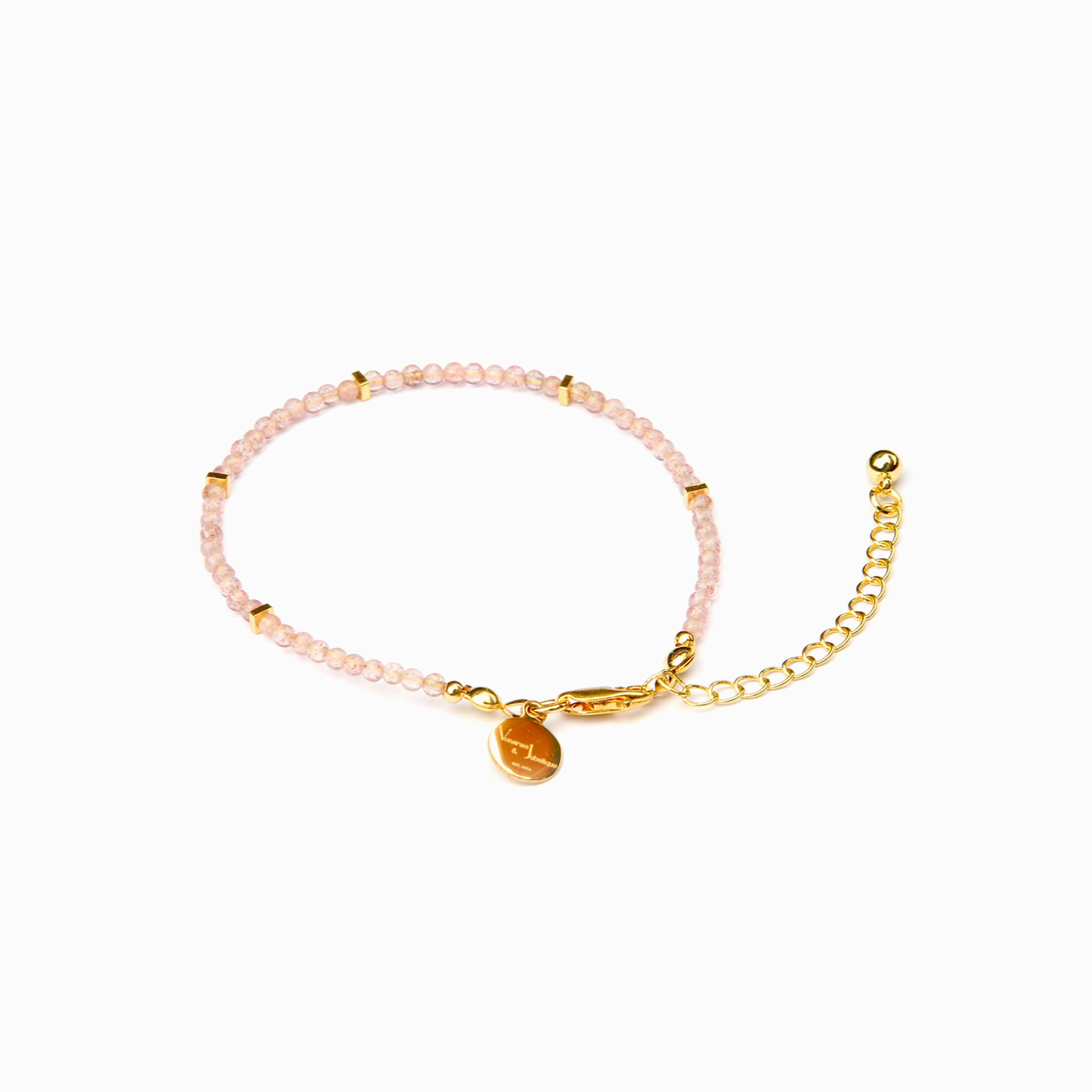
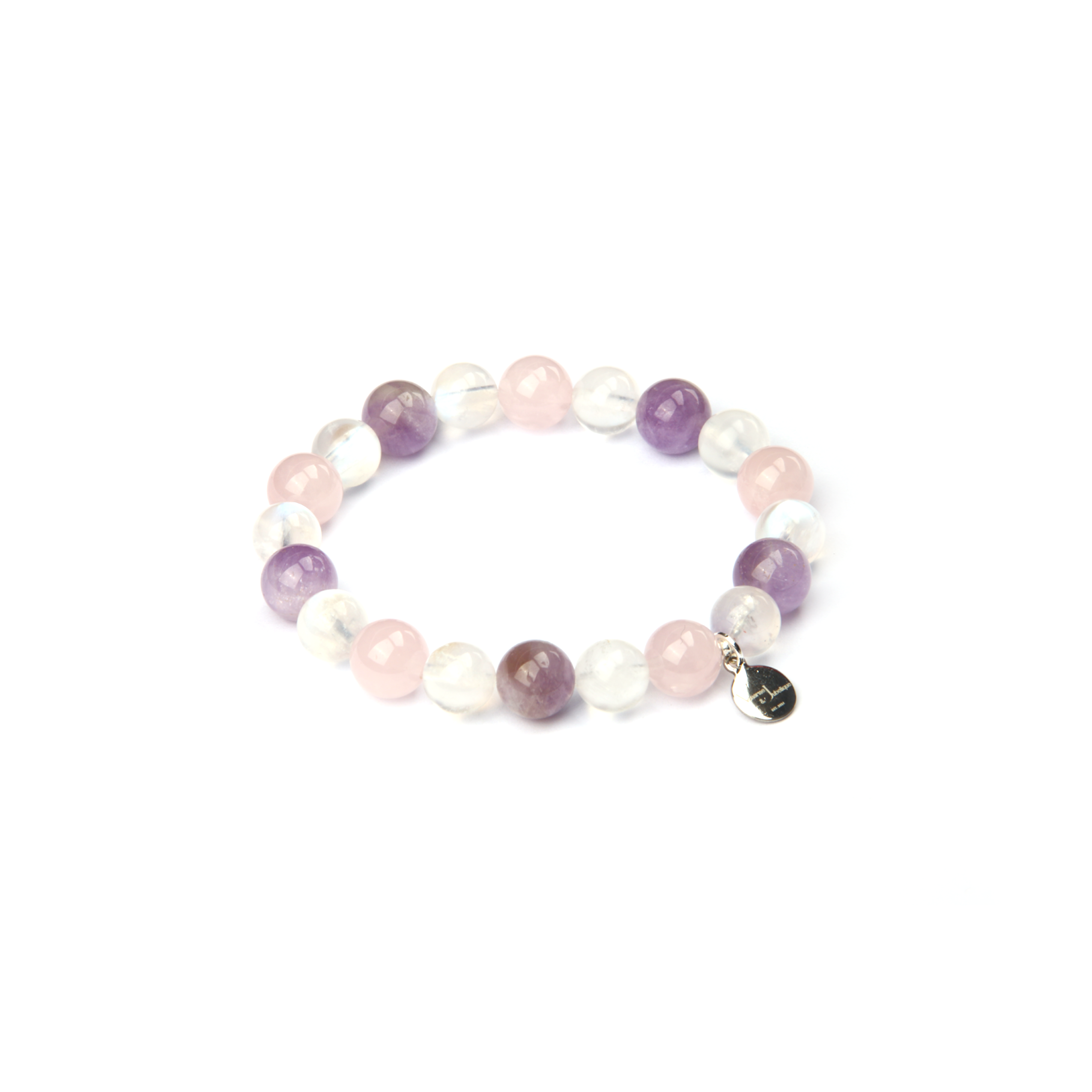
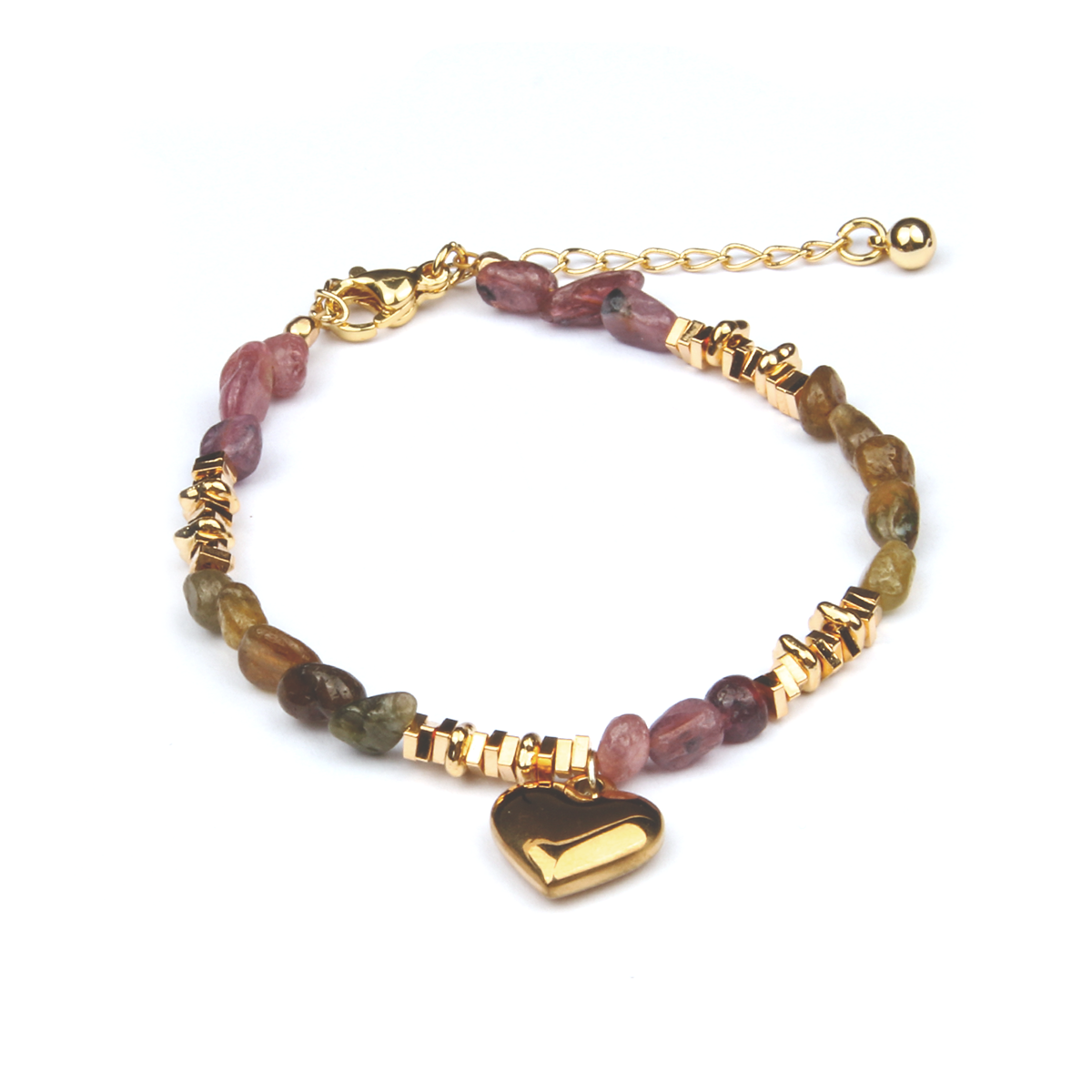
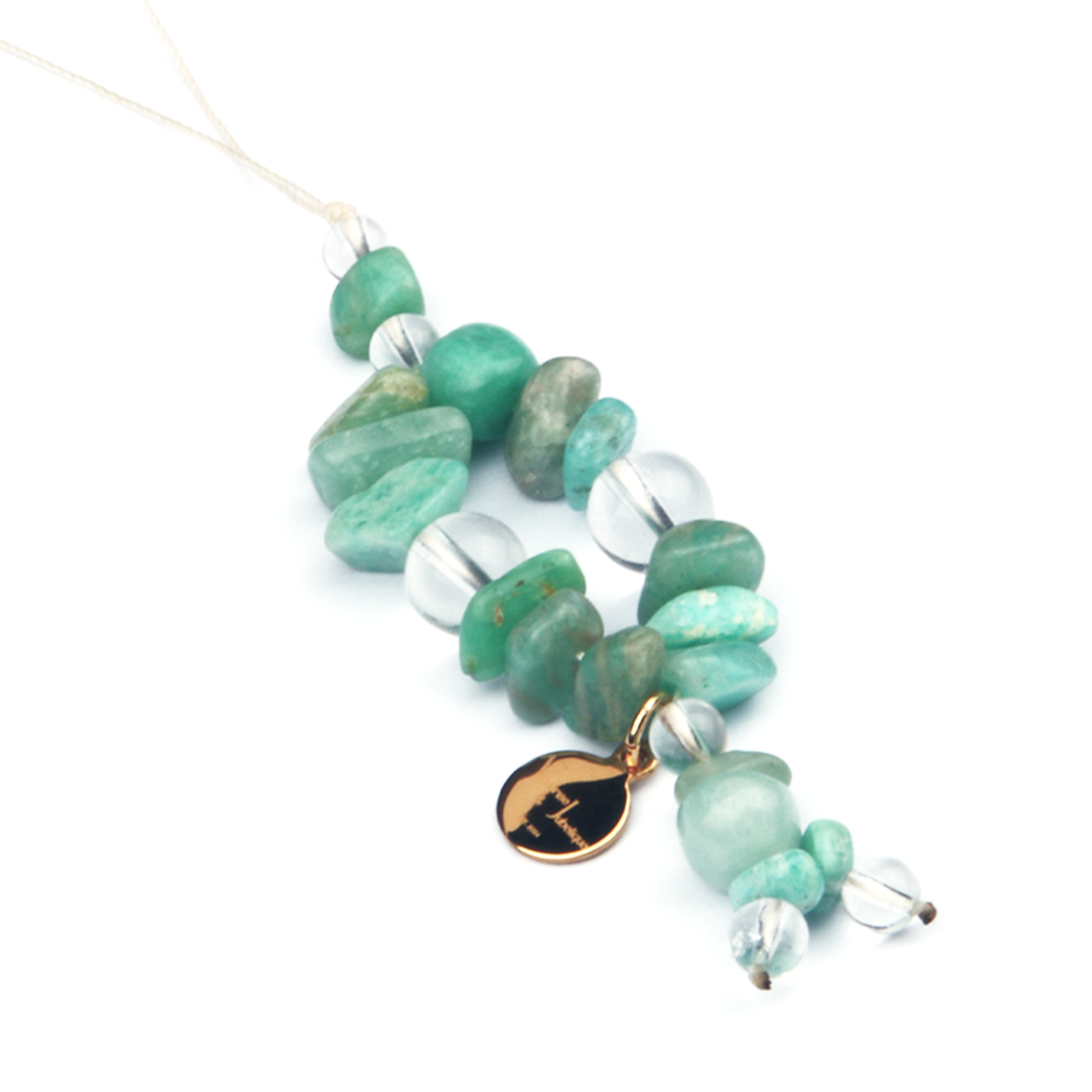
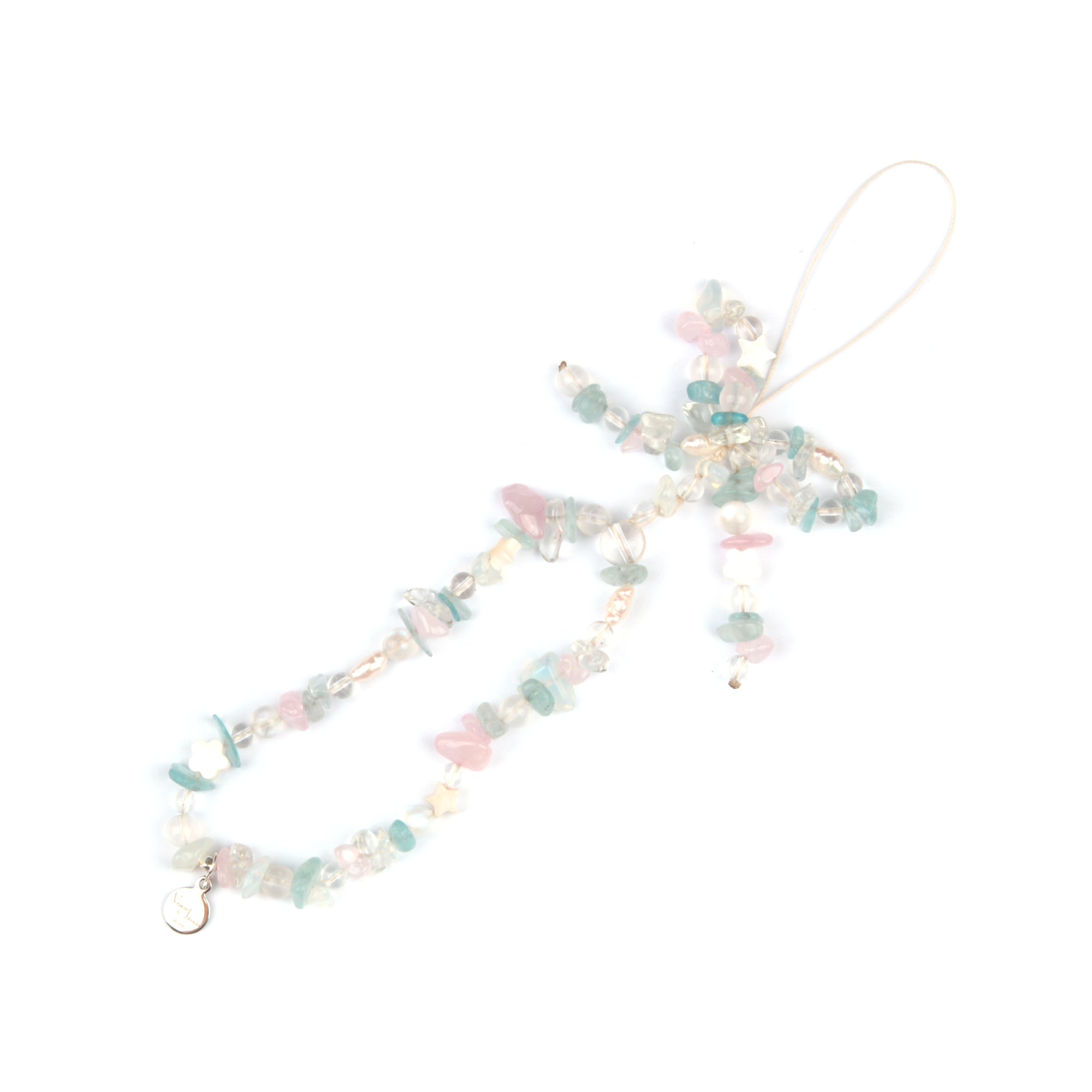
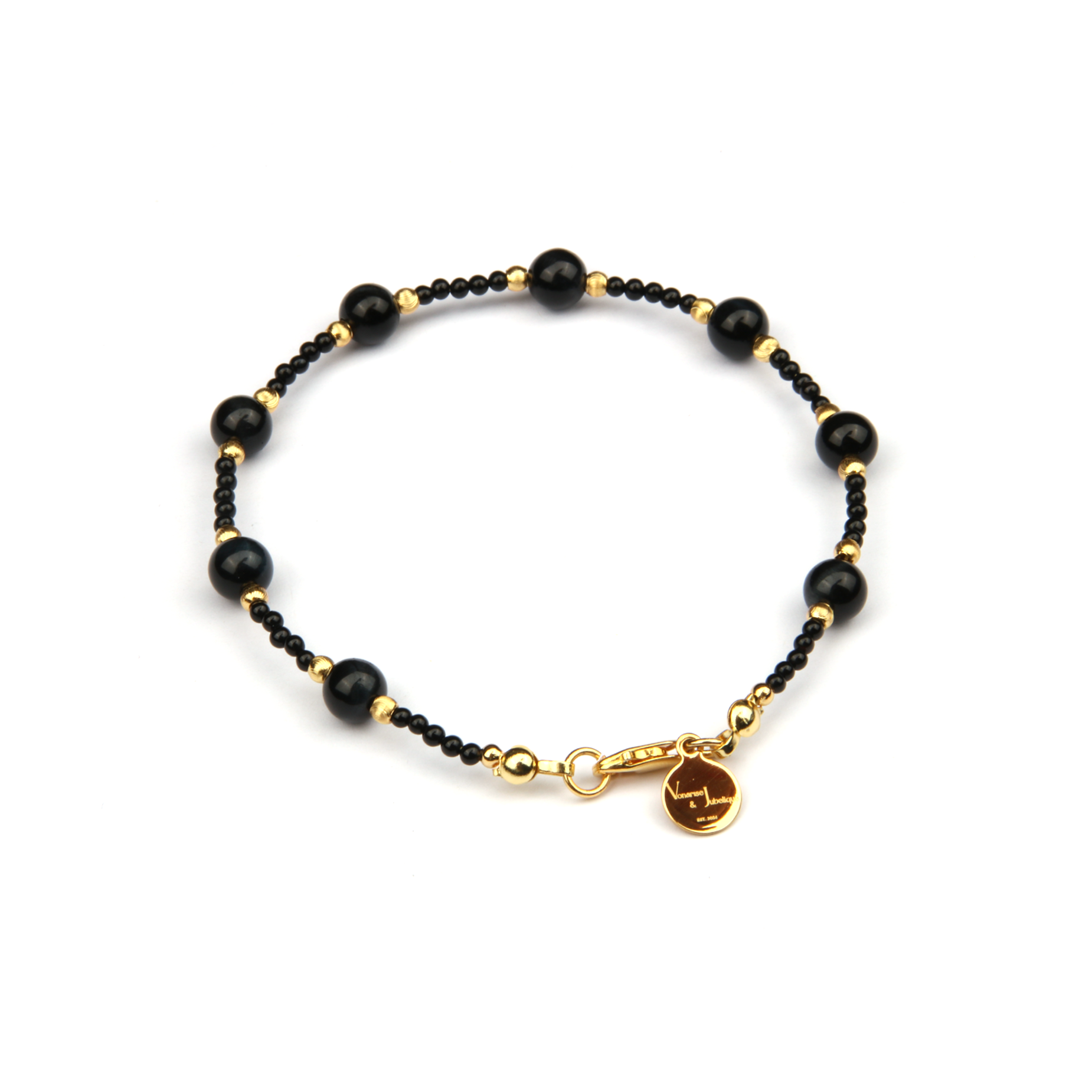
Share: